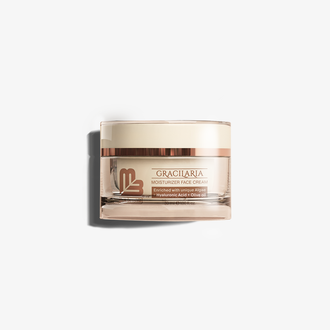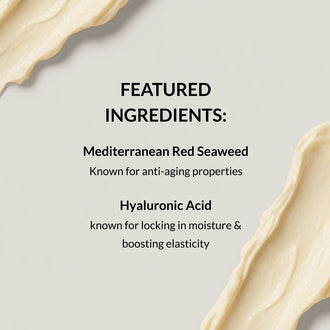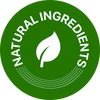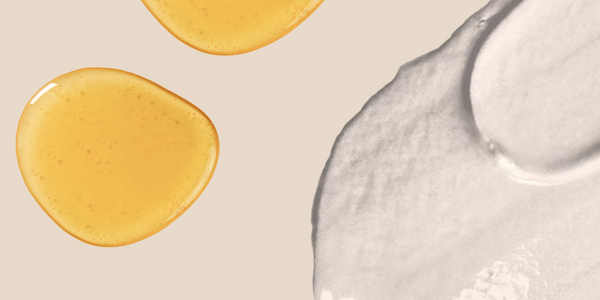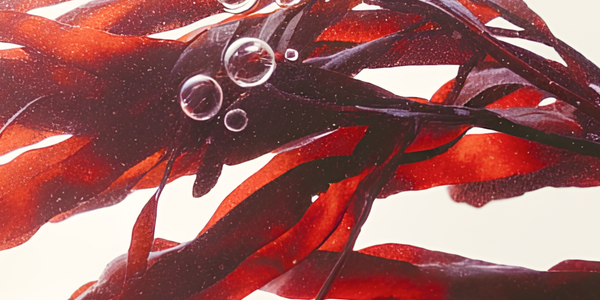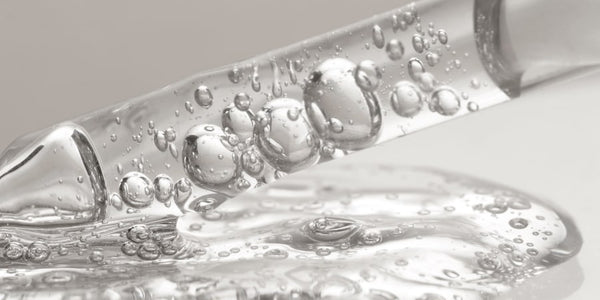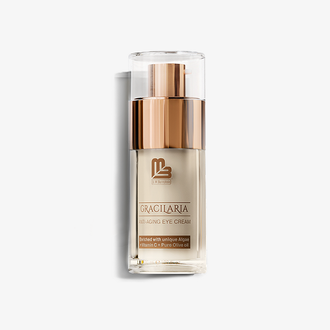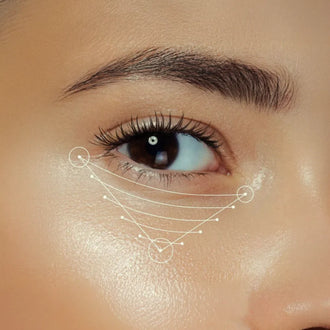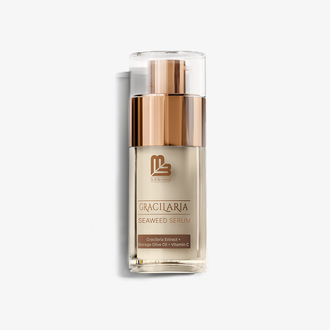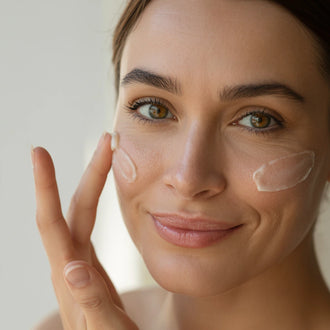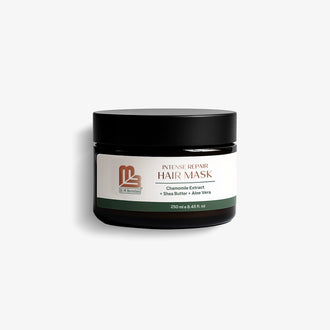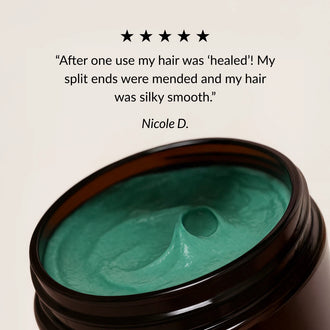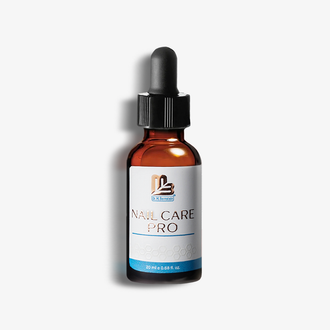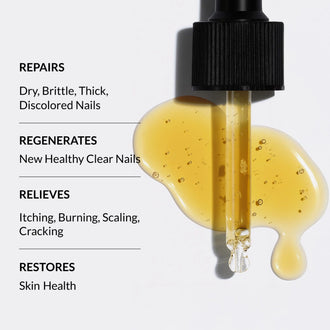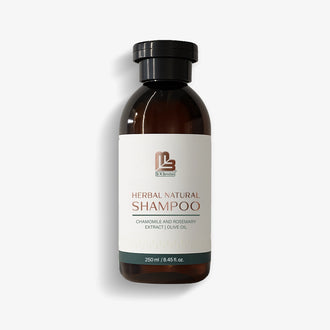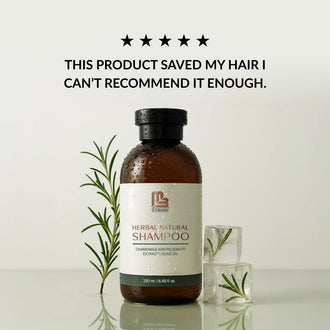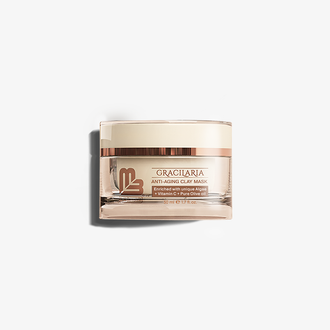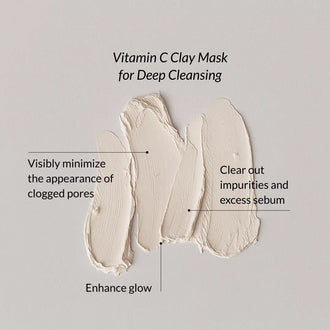If you want to test a new skincare product but are concerned about skin purging, we have some good news: it is normal for your skin to "purge". This is your skin's response to a product's active components, which cause a significant increase in cellular turnover.
What Is Skin Purging?
Skin purging, also known as acne purging or face purging, is a natural reaction that happens when your skin is adjusting to new skincare products or treatments. This process can be unsettling as it often results in breakouts and pimples, making it seem like your skin is worsening.
However, this is a temporary phase where the skin is expelling impurities from within, eventually leading to clearer skin. While you may believe that your skincare product caused your skin purge, the truth is that those issues existed before the purge — the purge only encouraged the process.
What Does Skin Purging Look Like?
Skin purging can seem to be a regular acne breakout at first, but a closer examination reveals the obvious signs of a purge.
Purging skin typically presents as small, red pimples or acne on the face. As dead skin cells come to the surface, you may notice dryness, flaking, or peeling. Unlike regular breakouts, purging usually occurs in areas where you frequently experience acne. These purging pimples might look like tiny bumps or whiteheads and can be accompanied by redness and mild irritation. The appearance of purging can vary, but it generally leads to a noticeable increase in skin blemishes.
When Does Skin Purging Start?
Skin purging typically starts within the first few days to a week after introducing a new skincare product. The onset can vary depending on the individual's skin type and the specific ingredients in the product. It's important to differentiate between purging and irritation, as irritation can also cause breakouts but indicates that the product may not be suitable for your skin.
Which Ingredients Cause Skin Purging?
Certain active ingredients in skincare products are known to trigger purging. These include
- retinoids,
- alpha hydroxy acids (AHAs),
- beta hydroxy acids (BHAs),
- Benzoyl peroxide
- vitamin C.
How Long Does Skin Purging Last?
Unfortunately, there is no obvious answer. The average adult's skin cell turnover time is about 28 days, though this process slows as we age. Purging can last 4-6 weeks, but it varies by individual—some people may not experience it at all.
This timeframe allows the skin to adjust to the new product and for the impurities to be expelled. If purging persists beyond this period, it may be a sign of irritation or an adverse reaction to the product.
Is Purging Good for the Skin?
While skin purging can be frustrating, it is often a sign that the product is working to clear out built-up impurities and improve skin health in the long run. However, it's essential to monitor your skin's reaction and ensure that purging does not transition into prolonged irritation or damage.
How to Treat Purging Skin
Introduce New Products Slowly
To minimize the intensity of skin purging, introduce new skincare products gradually. Start with a lower frequency and slowly increase usage as your skin adjusts. This method helps to manage the purging process and reduces the likelihood of severe breakouts.
Don’t Pick
Avoid picking or squeezing purging pimples, as this can lead to scarring and further irritation. Instead, allow your skin to heal naturally and focus on maintaining a gentle skincare routine.
Change Your Pillowcases
Regularly changing your pillowcases can prevent the buildup of bacteria and oils that can exacerbate purging skin. Change pillowcases at least once a week to keep your sleeping environment clean and supportive of your skincare routine.
Hydrate, Hydrate, Hydrate
 Keeping your skin well-hydrated is crucial during the purging phase. Use a gentle, hydrating moisturizer to support your skin's barrier function and reduce irritation. Opt for something lightweight instead, like our Anti-Aging Cream Moisturizer for Wrinkles. Our anti-aging cream is enriched with unique algae, hyaluronic acid, and olive oil, providing hydration without clogging pores.
Keeping your skin well-hydrated is crucial during the purging phase. Use a gentle, hydrating moisturizer to support your skin's barrier function and reduce irritation. Opt for something lightweight instead, like our Anti-Aging Cream Moisturizer for Wrinkles. Our anti-aging cream is enriched with unique algae, hyaluronic acid, and olive oil, providing hydration without clogging pores.
Stay Consistent
Consistency is key when dealing with skin purging. Stick to your skincare routine order and give your skin time to adjust to the new products. Abruptly changing products can further irritate your skin and prolong the purging phase.
Final Thoughts
In conclusion, skin purging is a common reaction to active skincare ingredients that increase cell turnover. By understanding what skin purging is, recognizing its symptoms, and following the tips to manage it, you can navigate this temporary phase and achieve clearer, healthier skin. Remember, patience and consistency are essential as your skin adjusts and improves over time.
Shop the Article
SAVE 40%

